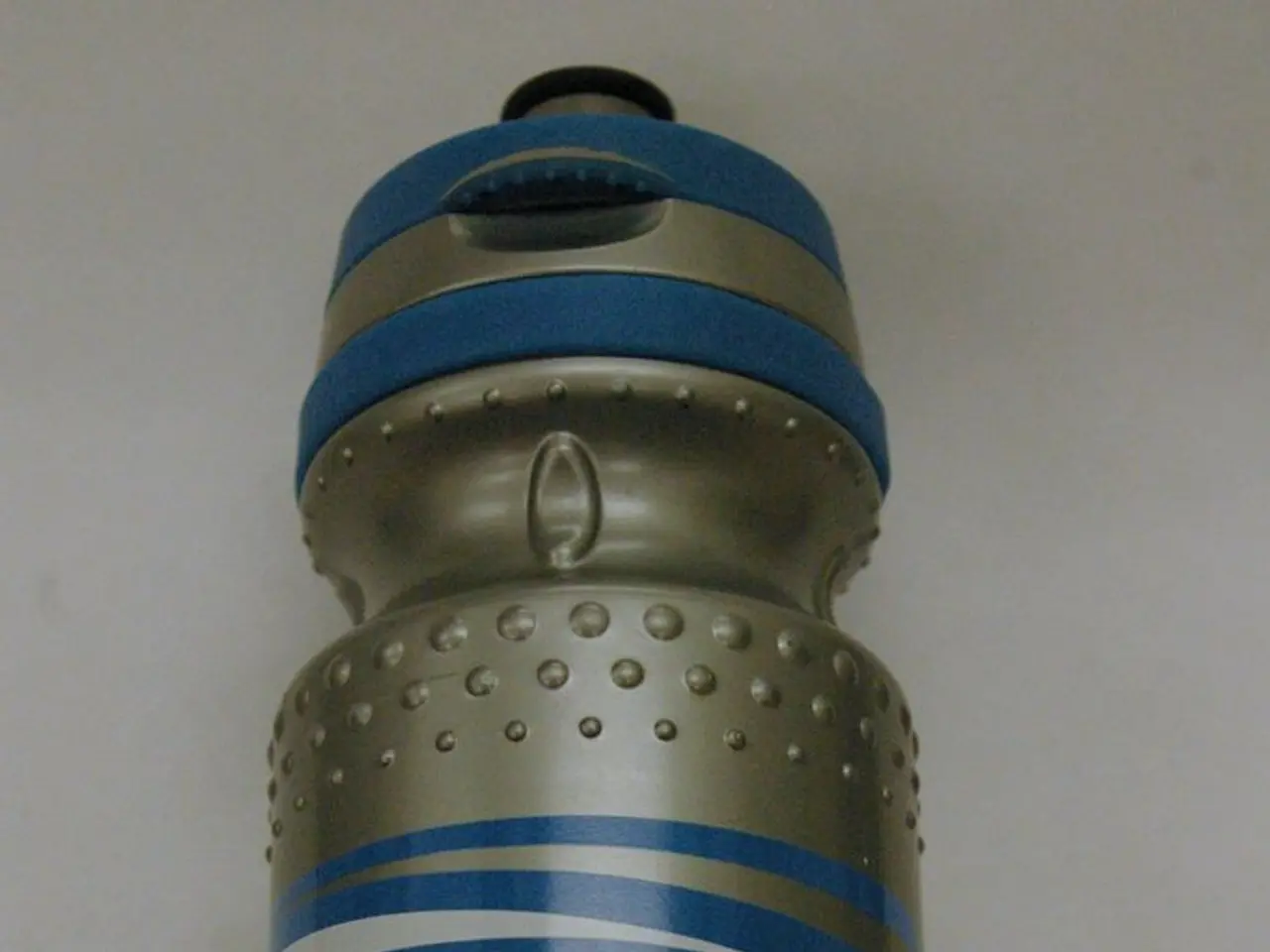Exploring applications of hardy life forms thriving in harsh environments, known as extremophiles.
In a groundbreaking study, Dr. Adele Williamson, a researcher based at the University of Waikato, is delving into the mysteries of extremophilic microorganisms and their remarkable ability to preserve their genetic material in some of the most inhospitable environments on Earth.
Extremophiles, as these microorganisms are known, have evolved sophisticated mechanisms to withstand harsh conditions such as high salinity, radiation, desiccation, and temperature extremes. These survival strategies primarily fall into three categories: genetic adaptation, DNA repair, and protective molecular strategies.
Genetic adaptation and horizontal gene transfer play a significant role in the extremophiles' resilience. For instance, in the archaeal domain, including organisms like *Haloferax*, transposase-related genes are significantly induced under extreme osmotic stress. These transposases facilitate genetic adaptation and genomic rearrangements, allowing these microorganisms to rapidly adapt to challenging conditions, thereby maintaining genome integrity and functional adaptation.
Energy conservation and selective gene regulation are other crucial strategies employed by extremophiles. In response to stress, these microorganisms downregulate energy-intensive processes like carbohydrate metabolism, transport activities, and ATP generation to conserve energy for vital functions, likely including DNA preservation and repair. This selective repression is vital to balance survival with genetic stability.
DNA repair systems are another essential component of extremophiles' survival kit. Although not extensively covered in the study, extremophiles often have enhanced DNA repair pathways to fix damage from radiation or oxidative stress common in extreme environments. These pathways include specialized enzymes for repairing double-strand breaks and oxidative DNA lesions.
Protective molecular strategies, such as the production of compatible solutes, DNA-binding proteins, or molecular chaperones, also help extremophiles stabilise their DNA and proteins under stress. These mechanisms, while not fully explored in the study, are well-established in the literature.
The findings from Dr. Williamson's research could potentially lead to significant advancements in diagnostic tools, particularly in hospitals or in the field. For instance, the study suggests that stable, robust biomolecular probes or biosensors could be developed, functioning reliably in extreme or resource-limited environments such as field hospitals or remote clinics.
Moreover, harnessing genes or enzymes from extremophiles into diagnostic assays could improve their resistance to temperature fluctuations, salinity, or other environmental stresses encountered in point-of-care settings. Understanding extremophile mechanisms might also lead to the development of novel environmental DNA preservation methods, enhancing sample stability during transport and storage, critical for accurate diagnosis in field conditions.
In summary, extremophiles' evolved genomic adaptation and protection systems not only ensure survival in extreme conditions but also offer a blueprint for developing next-generation diagnostic technologies that are robust, efficient, and suitable for deployment in diverse clinical and environmental contexts. The research conducted by Dr. Adele Williamson could potentially revolutionise the diagnostic landscape, making tests more reliable and accessible even in the most challenging environments.
This research has been made possible through the support of GNS Science, Prehensile Productions, Samuel Nowack, Marion Woodcock, and NextBIO. The study's media has been sourced from the Referencing Hub media.
Science and health-and-wellness could potentially merge in innovative diagnostic tools, inspired by Dr. Adele Williamson's research on extremophiles. The study of these microorganisms, thriving in harsh environments like deserts and deep-sea vents, could lead to the development of environmental science applications, such as novel methods for preserving DNA samples during transport and storage, crucial for accurate field diagnosis. Additionally, climate-change research could benefit from therapies-and-treatments derived from extremophiles, as their genetic adaptations to extreme conditions could provide insights into protective strategies against environmental stresses.




